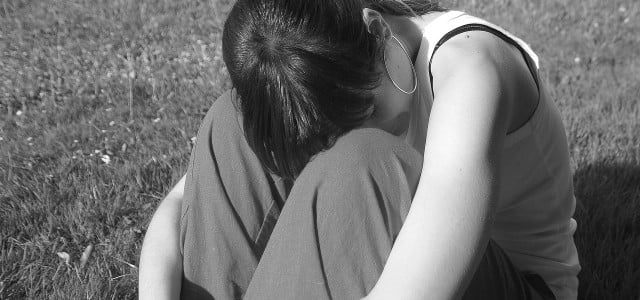
With the “Help” hand signal you can discreetly call for help if you are affected by domestic violence or are in another emergency situation. You can find out what the sign looks like and how you can react to it here.
A woman is on a video call with a friend. At the end of the conversation, the woman asks her friend for a recipe, but as she does so she raises the palm of her hand, flexes her thumb and closes her other fingers over it, forming a fist. This gesture results in the “Signal for Help”.
With the “Help” hand signal, victims of domestic or sexualized violence or people in other emergencies can discreetly yet clearly point out their dangerous situation and ask for help.
How to make the “Help” hand signal
The woman is seen calling for help in a video provided by the Canadian Women’s Foundation. The foundation first posted it on TikTok in April 2020 in response to the rise in domestic violence cases during the coronavirus pandemic. According to the Tagesschau, there were more victims of violence by (ex-) partners in Germany in the two Corona years 2020 and 2021.
The “Help” hand signal was conceived so that people can draw attention to their emergency situation without a word, especially in video calls. But now the gesture also serves as a call for help in analogue situations. The Mitteldeutscher Rundfunk (MDR) reports on cases in which those affected made the sign out of cars or in train stations and could be helped in this way.
The important thing about the “Help” hand signal is that not only women can use it, even though they are the most frequently affected by domestic violence. Men and children can also use it to call for help. In addition, it is not the fist alone that makes the signal, but a gesture made up of two steps:
- Hold your palm up: palm facing out for the other person to see and thumb angled inward.
- Slowly place your other fingers over your thumb to form a fist.
How to react when you see the “Help” hand signal

(Photo: CC0 / Pixabay / relexahotels)
If you see someone using the “Help” hand signal, you have several options to help. The Canadian Women’s Foundation recommends the following:
- Reach out to the person to find out what they need and what you can do. In possible cases of domestic violence, it is important that you arrange the contact in such a way that the person concerned is not endangered. When you call her, ask questions that she can answer with “yes” or “no.” This reduces the risk if the perpetrator overhears. For example, ask if you should call the police, contact a helpline, find help, or just listen.
- If the person is in immediate danger and/or has no way of explaining their distress, the hand signal “Help” is sufficient. Then you should dial 110.
By the way: With the question “Is Luisa here?” you can get help if another person is bothering you in clubs and bars. Read more: Is Luisa here? – This question will help you with sexual harassment.
Read more on Techzle.com:
- MeToo: This is how women worldwide protest against sexual harassment
- First aid measures: 6 steps for an emergency
- Neighborhood help in times of Corona: you need to know that